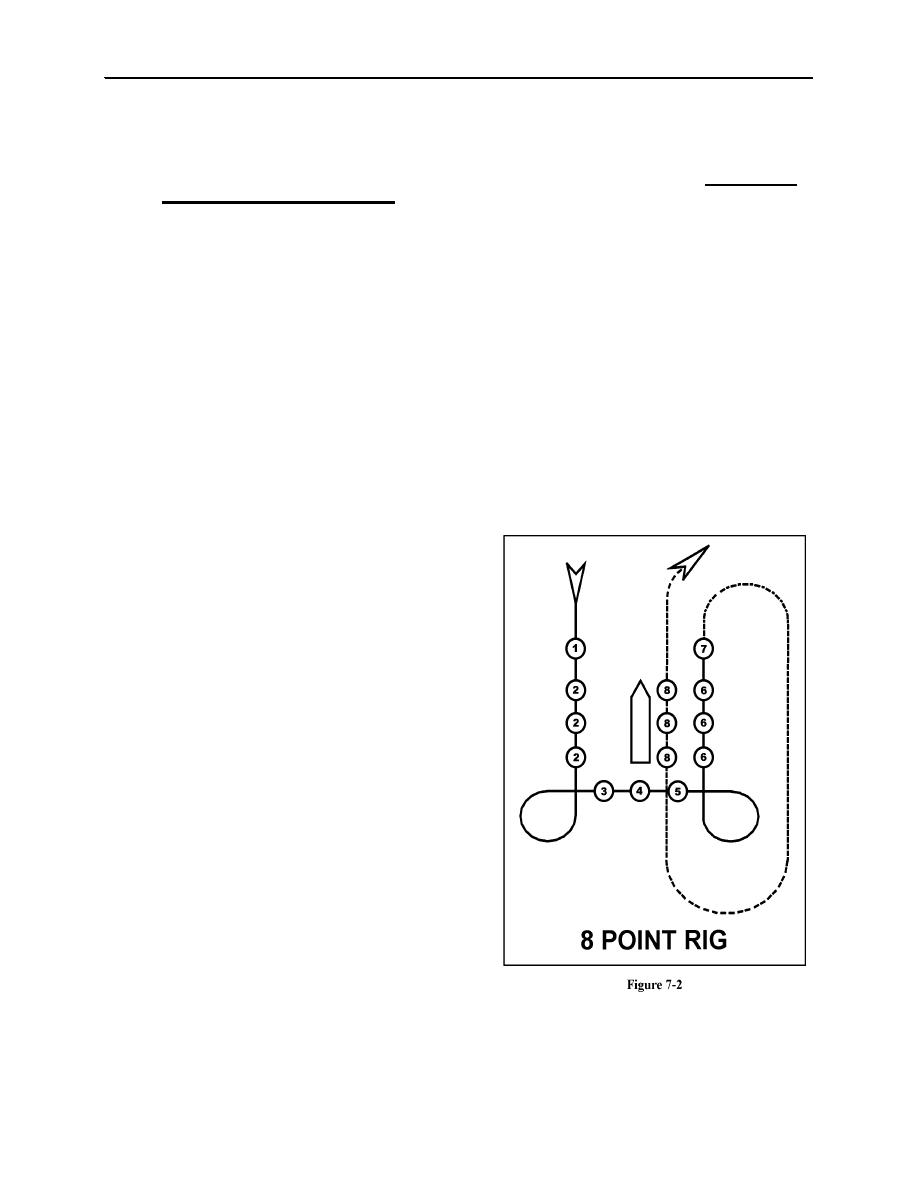 |
|||
|
|
|||
|
|
|||
| ||||||||||
|
|  JOINT ADVANCED MULTI-ENGINE T-44A
(f)
If possible, limit the number of passes to one full rig or two quick rigs per ship.
(5)
Offset/Radar Run-in. Offset all approaches to vessels and oil rigs, i.e., the first pass will not be an
overhead pass. Towers nearing 500' and balloons moored to ships by cable above 1000' are in existence.
There may not be enough time to turn away if a straight-in approach is used. Remember: Always use an
offset run-in on your first approach!
The weather radar has been used successfully to locate rough positions of targets as small as a shrimp boat
in the 10 and 20 nm scales. Experiment if you like. The best results were obtained with the tilt set so the
sea/ground return has just disappeared.
(6)
Rigging Procedures. There are entire chapters dedicated to rigging and surface search techniques
in your future operational aircraft tactical and NATOPS manuals. This discussion is only meant as a basic
primer, which will be amplified upon by the instructor as needed.
Two basic criteria must be met to accomplish a successful rig. First, be established comfortably at the rig
altitude. Second, be set-up on profile early. This does not mean be at 500' 10 NM out heading inbound on
the ship's course. Conversely, do not remain at 1000' until 1 mile out and perpendicular to the ship's
course. This is where judgment, practice, and the instructor will help determine a comfortable set-up. If
targets are a significant distance apart, consider climbing to 1000' or more between rigs to increase your
search horizon. For training purposes, the minimum on station altitude is 500' AGL.
For 90% of the rigs you perform in the fleet, the objective is the ship's name, homeport and a quick photo
sequence. Occasionally you will be required to gather more information, necessitating a full rig. The
ship's name can usually be found on the stern, bridge-wing, and bow; the homeport beneath the name on
the stern.
Eight Point Rig - also called a full rig or special
interest rig. It is usually only used for intelligence
gathering on high priority targets. It consists of
photo shots of all angles (8 points) of the target, as
shown in Figure 7-2:
(1) Port Bow
(2) Port Beam
(3) Port Quarter
(4) Stern
(5) Starboard Quarter
(6) Starboard Beam
(7) Starboard Bow
(8) Overhead
The diagram in Figure 7-2 illustrates the relative
positions the in-flight photographer would be taking
pictures. In reality, the camera is on auto-wind
taking a continuous stream of photos for each pass.
Set-up for the rig on the reciprocal of the ship's
heading, bringing the target down the pilot's side of
the aircraft. Stabilize at 500' with approximately
700' of lateral offset. Judging the lateral distance
comes with practice. A bit of wing down/top rudder
will help lower the nacelle out of the view of the
ship. For a large freighter or tanker, one-half to three-quarters of the ship should be in view through your
window for a proper set-up.
OVER-WATER NAVIGATION STAGE
7-3
|
|
Privacy Statement - Press Release - Copyright Information. - Contact Us |